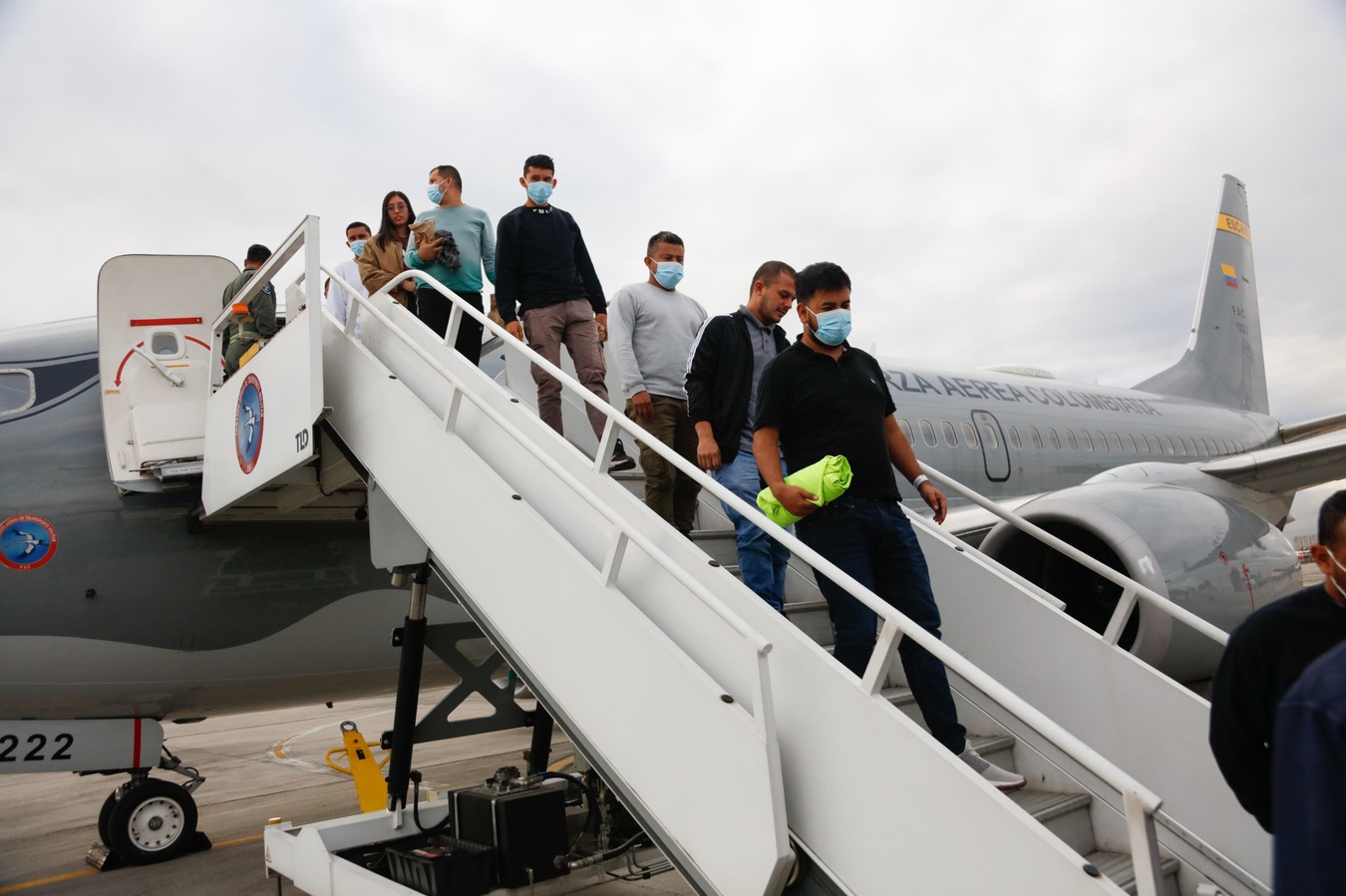Get the Facts: Five Reasons Why Immigrants Are Vital for the Future of the U.S. Health Care Industry
Get the Facts: Five Reasons Why Immigrants Are Vital for the Future of the U.S. Health Care Industry
This fact sheet—the seventh in AS/COA’s series on immigrants and the economy—details why immigrants are critical for filling health care jobs in the United States.
With baby boomers retiring in increasing numbers and the ongoing implementation of the Affordable Care Act, the health care industry is set to grow dramatically and will need an expanding, quality workforce to meet demand. This fact sheet—the seventh in AS/COA’s series on immigrants and the economy—details five reasons why immigrants are critical for health care in the United States.
- Download a PDF of the fact sheet.
- Access AS/COA’s Get the Facts series at: www.as-coa.org/immigration-facts.
Five Reasons Why Immigrants Are Vital for the Future of the U.S. Health Care Industry
1. The United States is struggling to fill positions in one of its fastest growing industries as baby boomers retire.
- More than 3.5 million jobs are predicted to open up in the health care sector between 2010 and 2020, representing about 17 percent of all predicted job creation.[1]
- Registered nurses (RNs) will experience the most growth of any occupation through 2020,[2] the same year that nearly half of current RNs will reach retirement age.[3]
- Increased coverage under the Affordable Care Act will create the need for up to 130,000 more doctors in the United States by 2025, according to the Association of American Medical Colleges. Even without the law, 100,000 more doctors will be needed by 2025.[4]
2. Immigrants have the skills to fill high-demand medical specialties.
- In 2010, 16 percent of all U.S. health care workers were foreign born, including 27 percent of surgeons and physicians, 15 percent of nurses, and 22 percent of nursing, psychiatric, and home health aides.[5]
- Between 2000 and 2009, the share of immigrants in health care occupations grew nearly twice as much as that of the U.S.-born population—62 percent versus 32.4 percent, respectively.[6]
- International Medical Graduates (IMGs)—physicians who graduated from medical schools outside the U.S.—account for 30 percent of the primary-care workforce in the United States, one of the most in-demand medical specializations.[7]
3. Foreign-born health care workers meet the needs of underserved and rural communities.
- Approximately 57 million Americans live in Health Professional Shortage Areas (HPSAs) in rural and low-income urban areas.[8]
- International Medical Graduates (IMGs) represent over 30 percent of all rural primary care physicians in seven states, including Florida (51.6 percent), New Jersey (41.8 percent), and New York (35.5 percent).[9]
- Nearly 40 percent of the physician workforce in inner-city areas in the U.S. are IMGs.[10]
4. With a rapidly aging population, the need for health care services in the United States will increase.
- By 2030, one in five Americans will be a senior citizen,[11] more than double the number in 2010.[12]
- The aging U.S. population will result in an increased demand for home health aides, 28 percent of whom are foreign born with 60 percent of those workers coming from Latin American and the Caribbean.[13]
- From 2005 to 2007 alone, foreign-born workers made up more than 19 percent of the elder care workforce, which is projected to be one of the fastest growing occupations between 2006 and 2016.[14]
5. Immigrants that are attracted to the health care industry successfully integrate into their communities and contribute to the economy.
- About 66 percent of foreign-born health care workers were naturalized citizens in 2010, contributing to taxes and social services such as social security and Medicare.[15]
- In 2010, foreign-born health care workers ages 25 and older were more likely to have a college education than their U.S. born counterparts,[16] leading to higher taxable income.[17]
- For every 1,000 immigrants that move to a county, including immigrant health care workers, 270 U.S.-born residents move there within a decade, attracted by increased economic opportunity.[18]
This fact sheet is a product of the AS/COA Immigration and Integration Initiative, which advances the integration of immigrants and promotes positive dialogue around the economic contributions of immigrants and Latinos overall across the United States, and was produced by Leani García and AS/COA Senior Policy Associate Richard André. For more information, visit AS/COA Online at: www.as-coa.org. For media inquiries or to speak with an expert on this topic, please contact Adriana La Rotta in our communications office at: alarotta@as-coa.org.
[1] Kristen McCabe, “Foreign-Born Health Care Workers in the United States,” Migration Policy Institute, 2012.
[7] “International Medical Graduates in American Medicine: Contemporary Challenges and Opportunities,” American Medical Association, 2010, p.35.
[9] Meredith A. Fordyce, Mark P. Doescher, Frederick M. Chen, and L. Gary Hart, “Osteopathic Physicians and International Medical Graduates in the Rural Primary Care Physician Workforce,” Family Medicine 44 (6) (June 2012): p. 398.
[10] “International Medical Graduates in American Medicine: Contemporary Challenges and Opportunities,” American Medical Association, 2010, p.35.
[11] Sarah Spencer, Susan Martin, Ivy Lynn Bourgeault, and Eamon O’Shea, “The Role of Migrant Care Workers in Ageing Societies: Report on Research Findings in the United Kingdom, Ireland, Canada and the United States,” International Organization for Migration,” 2010, p. 21.
[18] "Immigration and the Revival of American Cities: From Preserving Manufacturing Jobs to Strengthening the Housing Market,” Americas Society/Council of the Americas and Partnership for a New American Economy, 2013, p.18.








